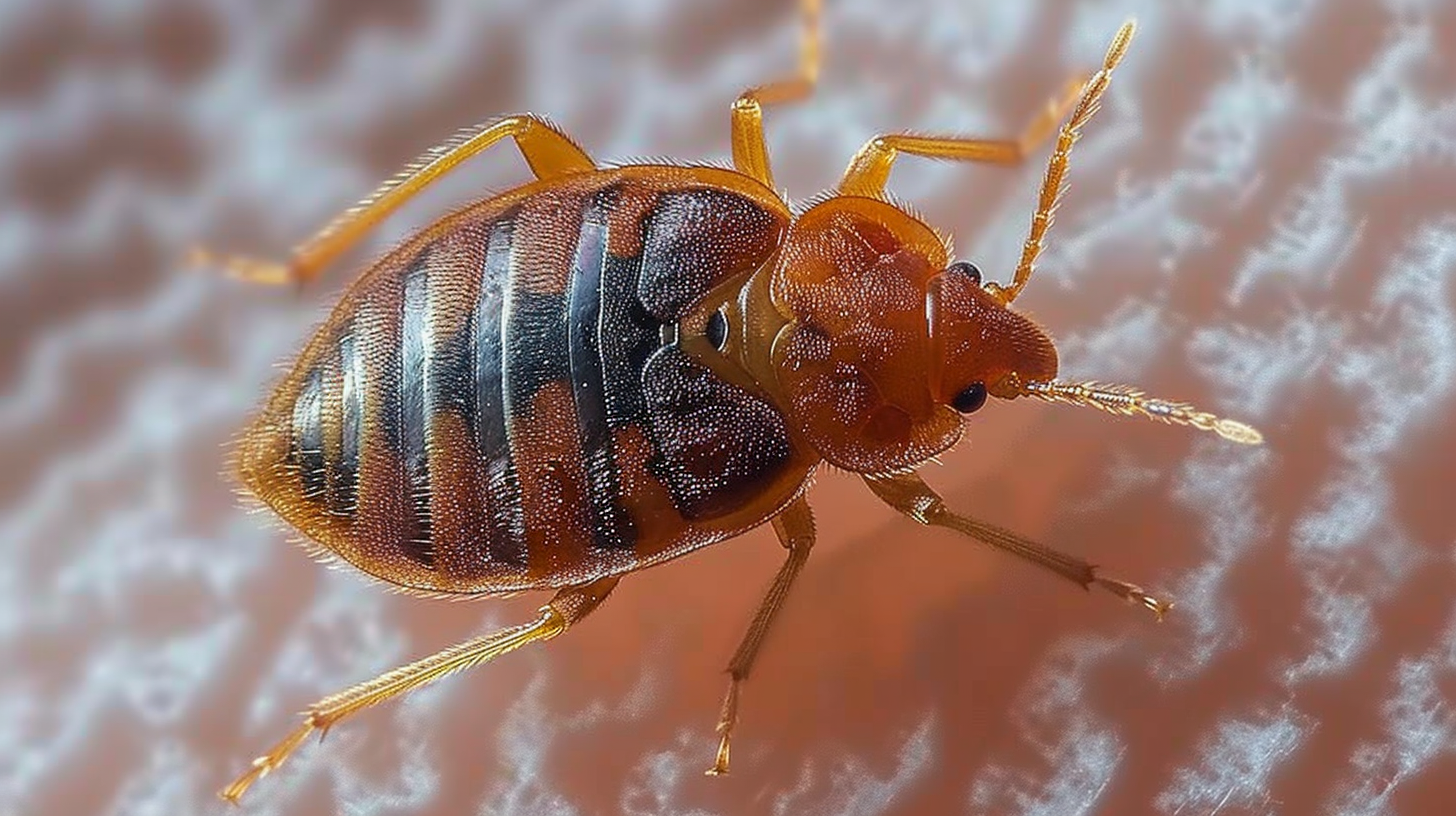Bed bugs are small, elusive pests known for inhabiting sleeping areas and causing itchy, uncomfortable bites. This page guides you through identifying these pests, effective control measures, treatment options for bites, and preventive strategies to keep them at bay.
Attributes
- Scientific Name: Cimex lectularius
- Control Methods: Heat treatment, chemical insecticides, vacuuming, encasements for mattresses and pillows
- Indoor Infestation: Common in bedrooms, hotels, and dormitories
- Blood Feeding: Parasitic, primarily feeds on human blood
- Distinct Physical Features: Small, flat, oval-shaped body
- Sensitivity to Light: Prefers darkness, often hides during daylight
- Moisture Requirement: Low, can survive in dry environments
- Reproductive Method: Oviparous (egg-laying), females can lay 1-5 eggs per day
- Diet: Hematophagous (feeds on blood)
- Sensory Organs: Antennae, simple eyes
- Limbs: Six legs
- Family: Cimicidae
- Regions: Global, prevalent in temperate climates
- Habitat: Near sleeping areas, within cracks and crevices
- Sounds: Silent
- Nocturnal Activity: Mostly active at night
- Lifespan: About 10 months, can live longer without feeding
- Size: 4 to 5 mm (adult)
- Wings: Wingless
- Color: Reddish-brown after feeding, otherwise brown
- Also known as: Wall louse, mahogany flat, crimson rambler, heavy dragoon
Identification
- What Do Bed Bugs Look Like to the Human Eye?
- What Do Bed Bug Bites Look Like?
- What Are the Life Stages & Cycles of Bed Bugs?
- What Do Baby Bed Bugs Look Like?
- What Are the Different Types of Bed Bugs?
- How Big Are Bed Bugs?
- What Color Are Bed Bugs?
- What Do Bed Bug Larvae Look Like?
- How Common Are Bed Bugs?
- Where Do Bed Bugs Hide?
Control
- How to Get Rid of Bed Bugs
- How to Check for Bed Bugs?
- How to Check for Bed Bugs in a Hotel
- Do Bed Bug Traps Work?
- How Do Bed Bugs Spread?
- Where Do Bed Bugs Come From?
- Home Remedies for Bed Bugs
- What Chemical Kills Bed Bugs?
- Does Alcohol Kill Bed Bugs?
- Does Cold Kill Bed Bugs?
- Does Heat Kill Bed Bugs?
- Does Lysol Kill Bed Bugs?
- Does Baking Soda Kill Bed Bugs?
- Is There a Mattress Cover That Kills Bed Bugs?
- Does Vinegar Kill Bed Bugs?
- Does Diatomaceous Earth Kill Bed Bugs?
- Does Bleach Kill Bed Bugs?
- How Long Do Bed Bugs Live?
- Can You Vacuum Bed Bugs?
- How Does Bed Bug Fumigation Work?
- What Kills Bed Bugs Instantly?
- How Much Is a Bed Bug Exterminator?
Prevention
- How to Prevent Bed Bugs?
- What Causes Bed Bugs?
- What Do Bed Bugs Eat?
- What Smells Do Bed Bugs Hate?
- How Long Can Bed Bugs Live Without a Host?
- How Do Bed Bugs Get In Your House?
- Can Bed Bugs Live In Your Hair?
- Can Bed Bugs Bite Through Clothes?

